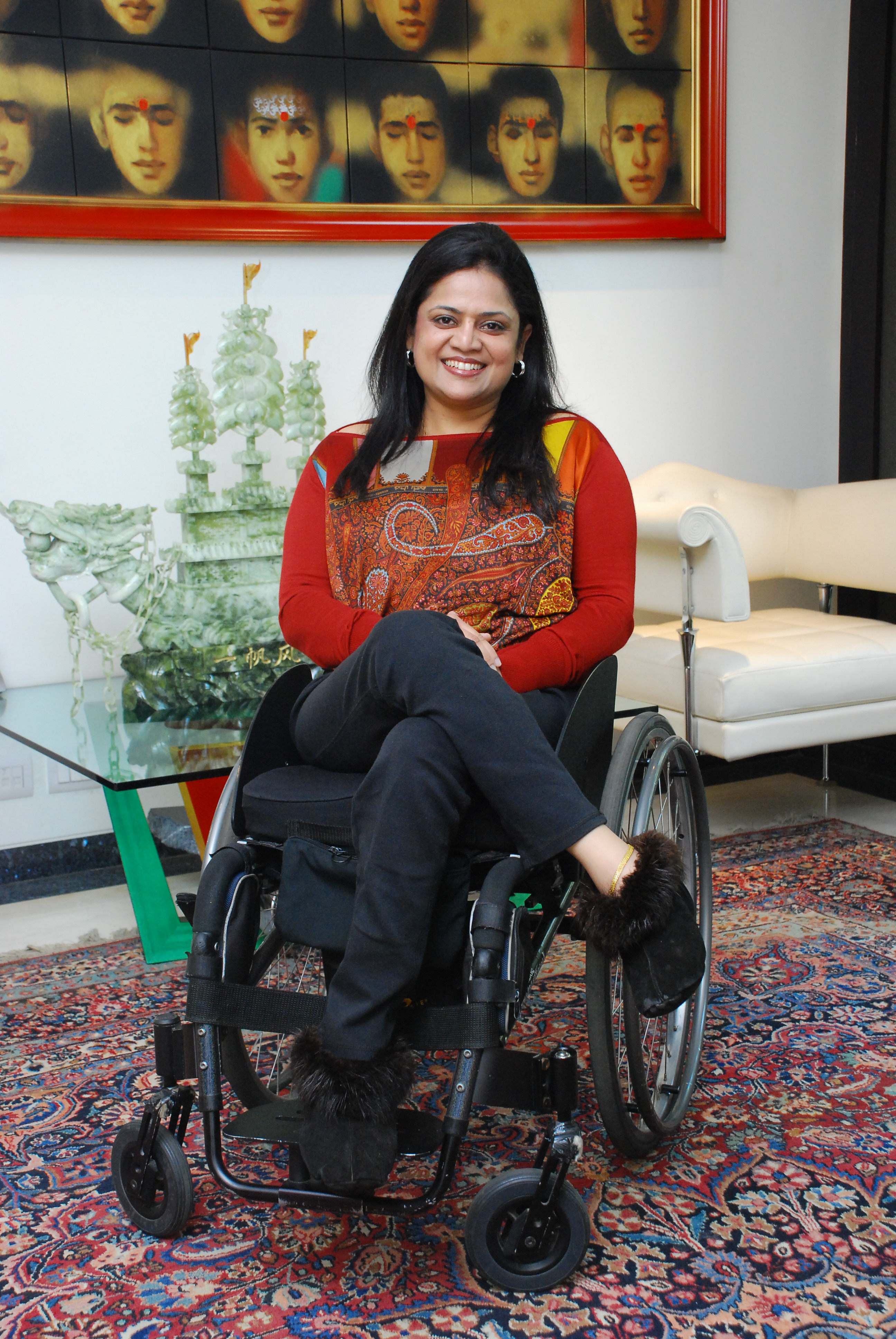Dear friends,
Seven years back Archaeological Survey of India (ASI) and Svayam together embarked on the mission to make the world heritage sites accessible to all including the elderly and the disabled and entered in to an MoU. We are proud to share the fact that our joint efforts have been recognized and feted by not just the stakeholders but the Union Tourism Ministry, Government of India in form of prestigious National Tourism Awards for making Qutb Minar, Red Fort & Fatehpur Sikri Group of Monuments as accessible & most disabled friendly monuments in past few years.
We appreciate the spirit in which ASI has implemented the recommendations of the Access Audit Reports shared by Svayam of monuments related to Delhi Circle as well as Agra Circle, particularly making provisions of Tactile & braille information at the heritage sites & museums for the benefit of the visually impaired visitors. The braille signage were provided at all monuments under Agra Circle by Arushi – a Bhopal based NGO that works with people with disabilities.
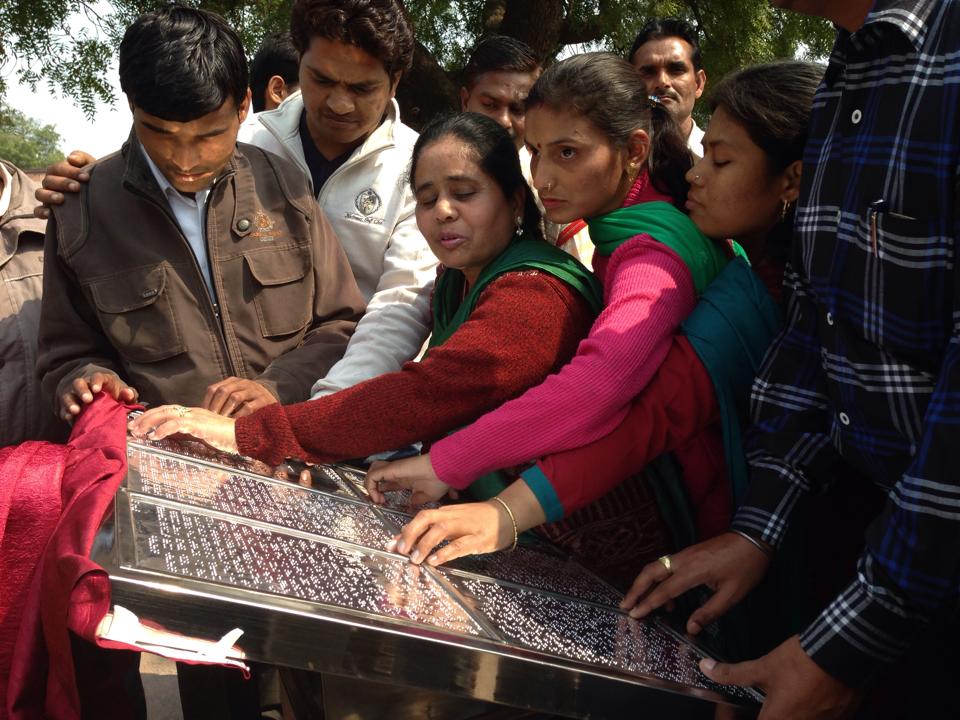
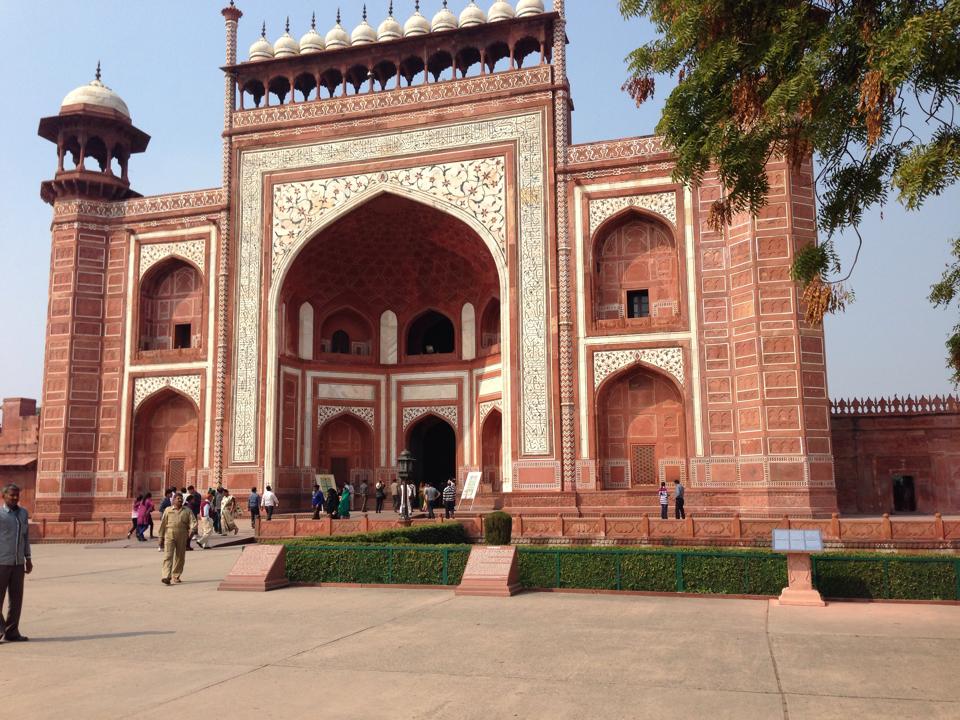
Needless to say this would not have been possible if the Archeological Survey of India had not been committed to take this lead and not only translate its own mission of conserving and maintaining the national heritage sites but taking it to a higher level of making it accessible in all terms of the word to all.
The Superintending Archaeologists of different circles should take lead in ensuring that the monuments under their control are made completely accessible in terms of the access audit reports as well as best practices shared with them. We congratulate Mr. NK Pathak , SA -Agra Circle & Mr. M. Ali, CA – Taj Mahal and Mr. Vasant Swarnkar, SA-Delhi Circle for this initiative. This gradually needs to be replicated at all other world heritage sites and ticketed monuments under other Circles of ASI.
Here is a related news from Delhi Circle that appeared in Indian Express
For visually challenged visitors, ASI makes monuments Braille-friendly
Express News Service | New Delhi | May 13, 2014 2:33 am
In an effort to disseminate information to visually-impaired visitors, the Archaeological Survey of India (ASI) has put up signs in Braille, explaining the cultural and historical significance of the structures at the most-visited monuments in Delhi.
The move came after officials at the Delhi circle of ASI realised the need to reach out to people with disabilities and decided to put these signboards up.
“The project was the brainchild of Superintendent Archaeologist (Delhi) Vasant Kumar. He suggested that blind people visit Delhi’s monuments frequently, but have to rely on either people with sight to read out the information boards to them or hire tour guides, who often give them wrong information. So, it was decided that in addition to Hindi and English, we should have signboards in Braille language too. We got in touch with blind schools in the city and translated the text into Braille with their help. Now, visually-challenged visitors can read the history of our heritage structures on the newly-installed signboards,” a senior ASI official said. Kumar was unavailable for comment.
To begin with, the ASI has put up the Braille signposts only at the 10 ticketed monuments, including the three World Heritage Sites – Red Fort, Humayun’s Tomb and Qutub Minar – that are also among the most frequented places in the city, both by domestic as well as foreigner tourists. The other monuments to get the signs are Jantar Mantar, Old Fort, Safdarjung Tomb, Tughlaqabad Fort, Kotla Feroze Shah, Sultan Ghari’s tomb and Rahim Khan-e-Khana tomb.
The feedback ASI has got from the visitors ever since the Braille signs were put up two months ago has reportedly been very positive and encouraging. The organisation is now planning to implement it in other structures too.
“People are happy; earlier, they could visit the monuments but not see anything. This move not only provides them information but also gives them a greater sense of involvement. We will now gradually extend these information boards to all monuments that witness a high footfall,” the official added.
Lauding the effort, INTACH Delhi convenor AGK Menon said the move is a “great effort” and was legally required. “As per the Disability Act, every public place needs to made accessible for people with special needs. For example, the herbal garden in Rashtrapati Bhavan is one place that has signs in Braille for a long time. So, this is a good idea. We should increase it to more and more public places,” he said.
National Blind Youth Association (NBYA) general secretary Shobhit Yadav said the ASI’s move will “go miles” in helping blind children and adults trying to understand the city’s history and culture.
“Special schools sometimes take their blind students out for educational excursions but not as much as normal schools, where children with eyesight study. This is mainly because the children have to rely on others for information. The information boards in Braille will be an important step towards their understanding and reading of national history,” Yadav explained.
Sound shows and historical documentaries, he suggested, could also prove extremely helpful for blind students and need to be conducted more often at these heritage sites. “That way, they can at least listen to the historical facts being laid out.”
News Source: Indian Express

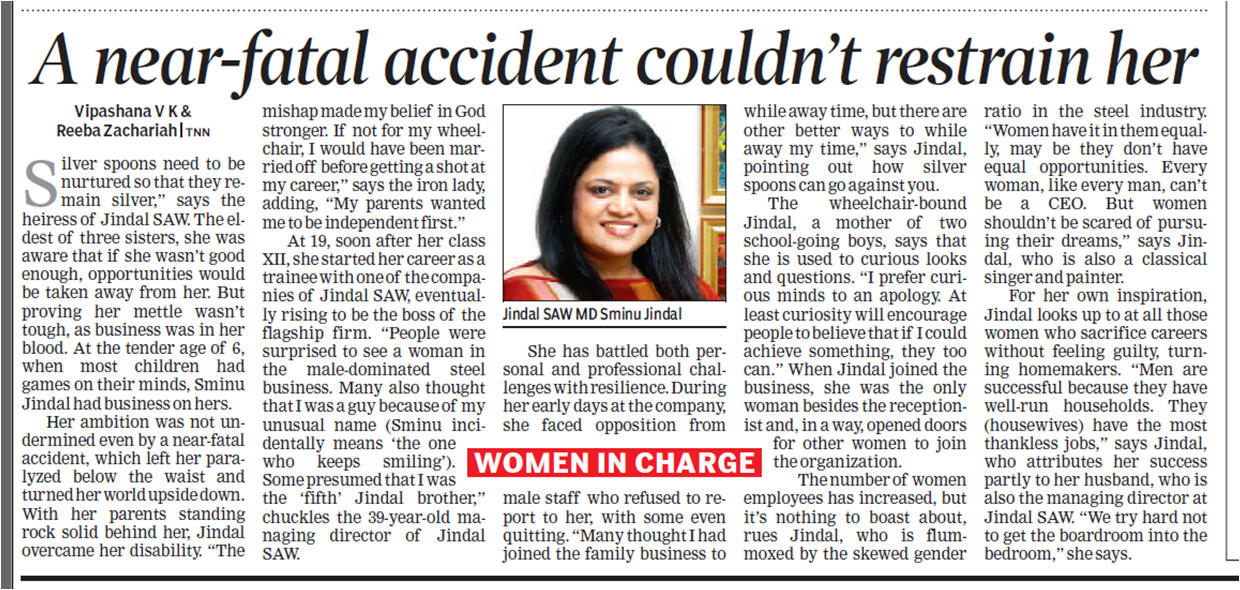
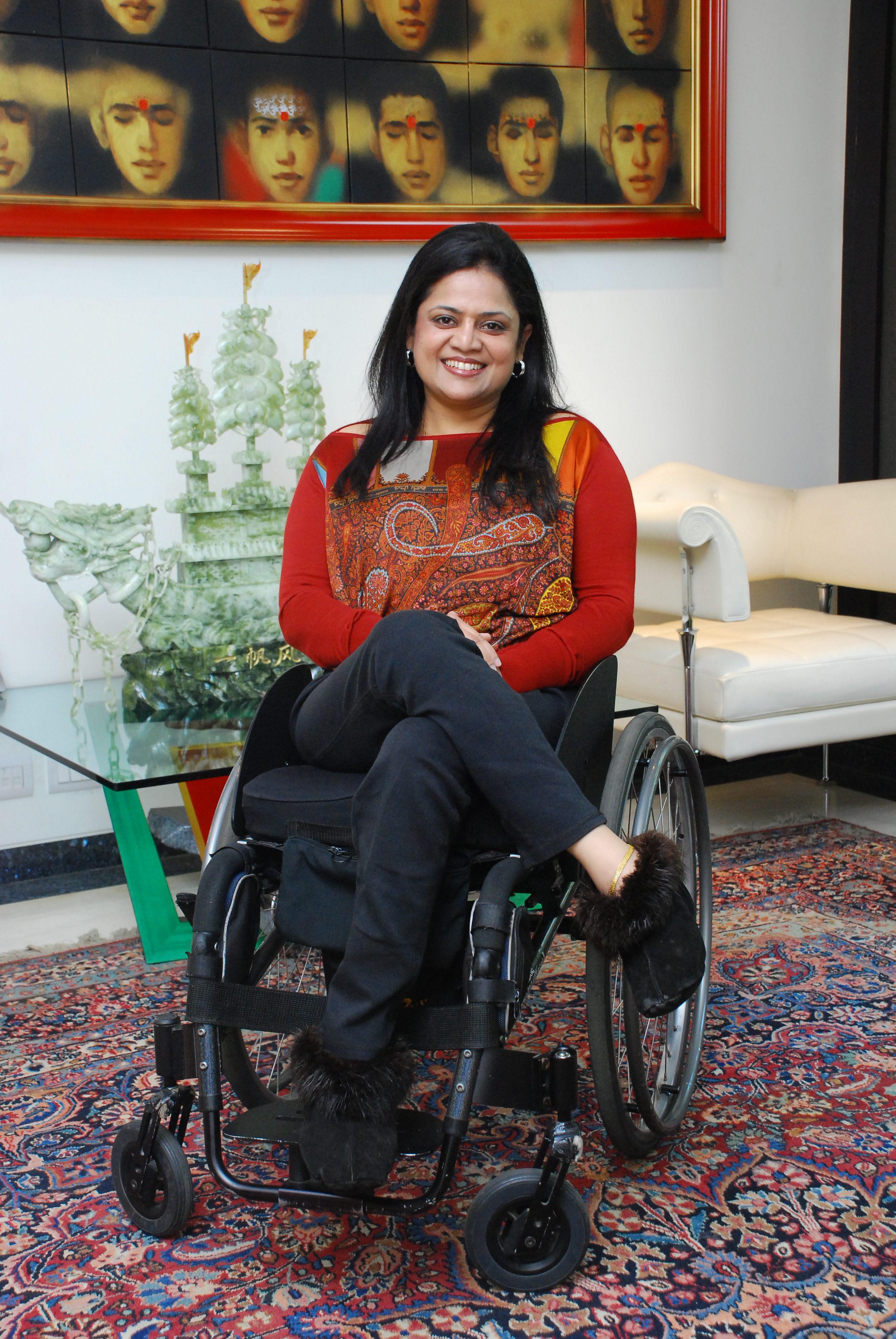 We are glad to share that Ms. Sminu Jindal, Founder, Svayam – National Centre for Inclusive Environments & MD, Jindal SAW Ltd. has been nominated by Loreal Paris Femina Women Awards in the category of “FAVOURITE FACE OF A CAUSE”, which is a Reader’s Choice Award.
We are glad to share that Ms. Sminu Jindal, Founder, Svayam – National Centre for Inclusive Environments & MD, Jindal SAW Ltd. has been nominated by Loreal Paris Femina Women Awards in the category of “FAVOURITE FACE OF A CAUSE”, which is a Reader’s Choice Award.